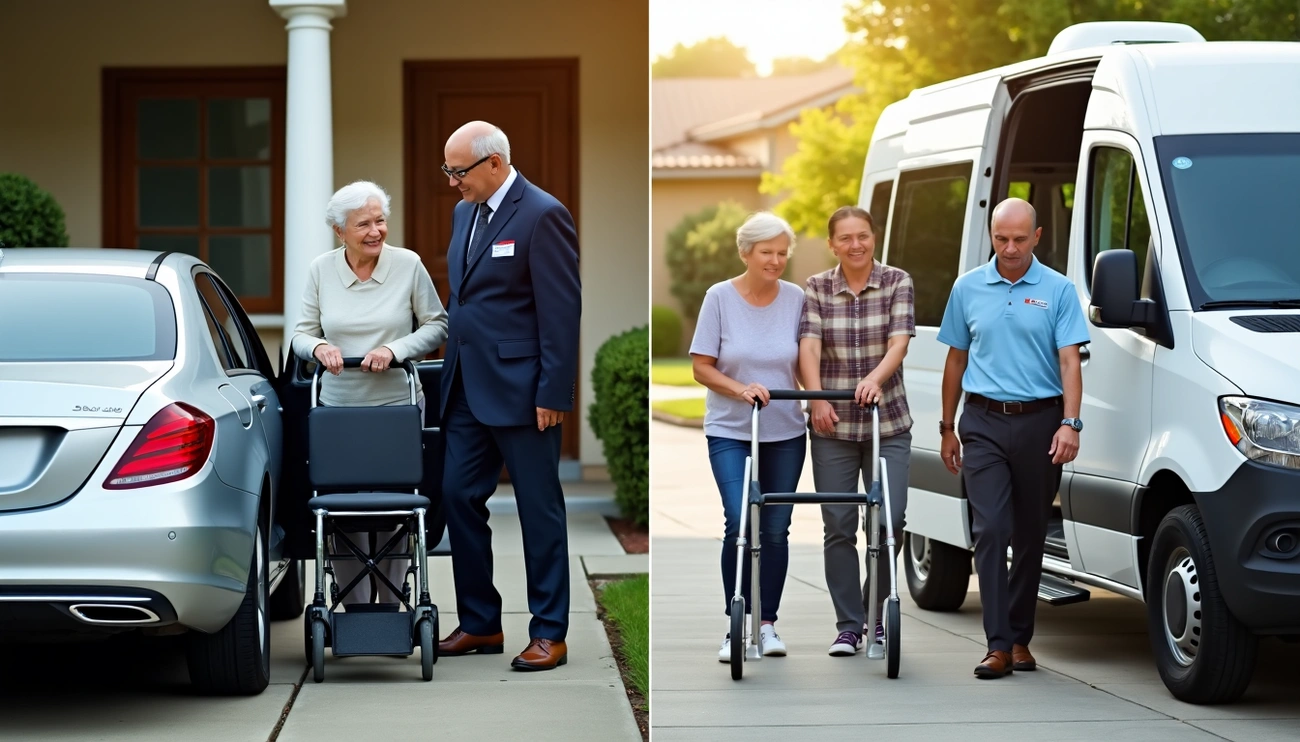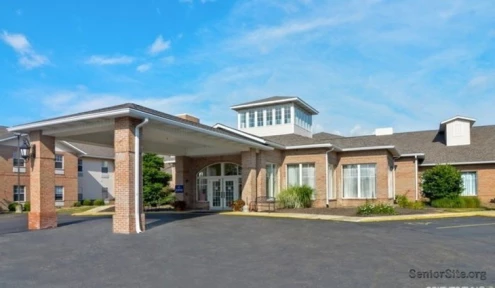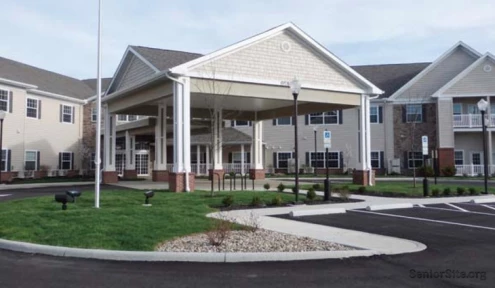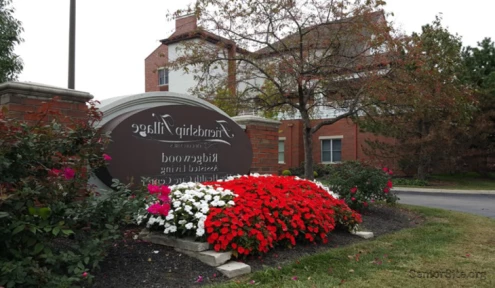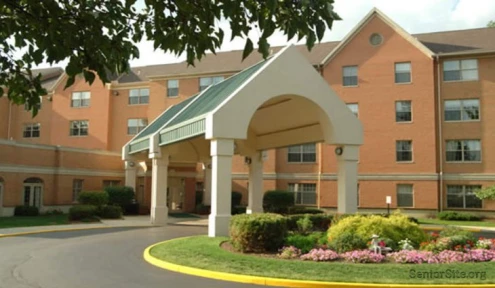As we step into February 2025, understanding future trends in senior care is crucial for both seniors and caregivers navigating the evolving landscape. With the oldest Baby Boomers approaching 80 and a current 65+ population of 55.8 million, the senior care industry is experiencing significant transformation. This article explores the latest developments in senior health, technology adoption, social engagement, and legislative changes, offering insights and practical tips for enhancing quality of life in this dynamic environment.
Current Senior Care Landscape
The senior care industry in 2025 is marked by both challenges and innovations. With over 100,000 positions remaining unfilled post-pandemic, the sector continues to grapple with workforce shortages. However, innovative solutions are emerging. Mentorship programs, for instance, have shown remarkable success, with a 90% retention rate for Certified Nursing Assistants (CNAs).
Home care industry trends indicate a growing preference for aging in place, with 82% of seniors expressing a desire to remain in their homes. This shift has prompted providers to adapt their services:
- Elimination of minimum hours requirements to increase accessibility
- Integration of personal care and home health services
- Focus on holistic, person-centered care approaches
These changes reflect a broader industry move towards more flexible, comprehensive care options that cater to individual needs and preferences.
Essential Health and Wellness Topics for Seniors in 2025
Exploring health and wellness topics for seniors reveals a shift towards holistic, personalized care approaches in 2025. The industry has embraced the concept of multidimensional wellness, recognizing that true well-being encompasses more than just physical health.
Understanding the 8 Wellness Dimensions for Holistic Senior Care
The 8 wellness dimensions framework provides a comprehensive approach to senior well-being, addressing physical, emotional, social, and spiritual needs. This model includes:
- Physical Wellness
- Emotional Wellness
- Social Wellness
- Spiritual Wellness
- Intellectual Wellness
- Occupational Wellness
- Environmental Wellness
- Financial Wellness
By focusing on these interconnected aspects, seniors can achieve a more balanced and fulfilling life. For example, community programs recognized for innovation in 2025 often incorporate elements from multiple wellness dimensions, offering activities that promote physical health, social connections, and lifelong learning simultaneously.
Senior Living Trends: Innovations and Challenges
Senior living trends in 2025 showcase a blend of technological innovation and person-centered care philosophies. The industry is adapting to meet the diverse needs of an aging population, with a particular focus on supporting independence and quality of life.
Technology Adoption in Senior Care: Digital Health Revolution
Technology adoption in senior care has accelerated, with 64.5% of seniors now using patient portals and 49.1% engaging in telehealth services. This digital health revolution is transforming the way seniors manage their health and receive care:
- AI-enabled platforms for health monitoring
- Wearable devices for chronic condition management
- Remote patient monitoring systems
These technologies not only enhance the quality of care but also support the growing trend of aging in place. For instance, smart home technologies are enabling seniors to live independently for longer, with systems that can monitor movement, remind about medications, and even detect falls.
Social Engagement for Seniors: Combating Isolation in 2025
Social engagement for seniors has become a top priority, with innovative programs addressing loneliness and isolation in the digital age. The implementation of the SENIOR Act has been a game-changer, integrating loneliness prevention into health services and supporting community programs.
The Connecting Seniors Grant Program, allocating $840,000 in 2025, has funded initiatives focused on:
- Building lasting social connections
- Small group activities
- Intergenerational projects
- Culturally inclusive initiatives
These programs recognize the vital role of social connections in overall well-being, combating the negative health effects of isolation that many seniors face.
Legislative Changes in Senior Care: 2025 Policy Updates
Legislative changes in senior care for 2025 focus on enhancing quality of life, with particular emphasis on healthy aging initiatives and economic security programs. The reauthorization of the Older Americans Act in 2024 has brought significant updates:
- Expanded funding for healthy aging programs
- Enhanced support for senior centers
- Increased focus on economic security for older adults
Additionally, Medicaid reform considerations are ongoing, with potential impacts on coverage and benefits for seniors. Proposed changes include per capita spending caps and staffing level requirements, which could significantly affect the landscape of senior care services.
Challenges and Opportunities in Senior Care
While the senior care industry in 2025 faces significant challenges, it also presents numerous opportunities for innovation and improvement:
Challenges:
- Ongoing workforce shortages
- Adapting to rapidly evolving technology
- Ensuring affordability of care services
Opportunities:
- Expansion of home-based care options
- Integration of advanced technologies for improved health outcomes
- Development of more engaging and effective social programs
Practical Tips for Enhancing Quality of Life
For seniors navigating this evolving landscape, here are some practical tips to enhance quality of life:
- Embrace technology: Explore digital health tools and smart home devices that can support independent living.
- Engage in lifelong learning: Participate in educational programs or learn new skills to maintain cognitive health.
- Prioritize social connections: Join community programs or use social platforms designed for seniors to stay connected.
- Focus on holistic wellness: Address all 8 dimensions of wellness in your daily routine.
- Stay informed about policy changes: Keep up-to-date with legislative updates that may affect your care options.
- Explore flexible care options: Consider services that offer personalized care without minimum hour requirements.
- Participate in intergenerational activities: Engage with younger generations to share experiences and learn new perspectives.
As we look to the future, the senior care landscape of 2025 offers both challenges and exciting possibilities. By staying informed, embracing new technologies, and actively engaging in holistic wellness practices, seniors can navigate these changes successfully and enjoy a high quality of life. The industry’s focus on personalized, technology-enhanced care, combined with innovative social programs and supportive legislation, paints an optimistic picture for the future of senior care.




